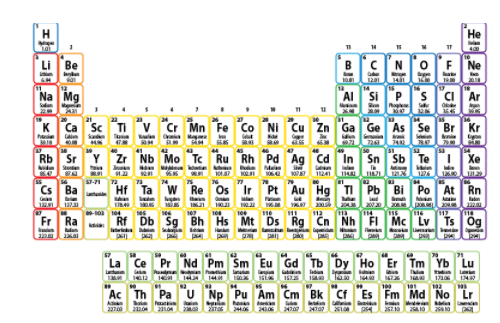Question
Question: The number of metals which exist as gas is/are: A.One B.Two C.Three D.None of the above...
The number of metals which exist as gas is/are:
A.One
B.Two
C.Three
D.None of the above
Solution
The general definition of a metal that we have been taught from the lower classes is that it is a substance with high electric and thermal conductivity, which is also malleable and ductile in nature. But these are just properties. The proper definition of a metal can be given as a substance which releases electrons for its valence shell when potential is applied across it. This can happen only if the valence is filled in less than half its capacity.
Complete Step-by-Step Answer:
Before we move forward with the solution of the given question, let us first understand some important basic concepts.
In the periodic table, the elements are arranged on the basis of their atomic numbers. As we move from left to right in a period, the atomic number goes on increasing. Since the atomic number also represents the number of electrons in an atom, we can deduce that the number of electrons keep on increasing in the same valence shell as we move from left to right in a period. This means that elements of the left side of the periodic table have more metallic properties as compared to elements on the right side of the table.

Since metals are considered to have electrical conductivity, then the flow of electrons must also be high in metals. Hence, metals are those elements which have free electrons that help in the conduction of electricity. Also, chemically speaking, metals are those chemical species which always tend to donate electrons in a chemical reaction. These two points can be concluded as metals should have their valence orbitals filled at less than half its capacity. Elements which have 1, 2 or 3 electrons in their valence shell are metals.
Also, metals always tend to stay in solid state because they form crystal-like structures at the molecular level. There is however only one exception to this property. Mercury is the only metal that exists as a liquid. And there are no metals that exist in the gaseous state.
Hence, Option D is the correct option
Note: Another anomaly in the class of metals is exhibited by polonium. Polonium is the only metal that behaves like a metal, non - metal and a metalloid. It exhibits different properties at different temperatures. It has atomic number 864 and is highly radioactive metal with no isotopes.
